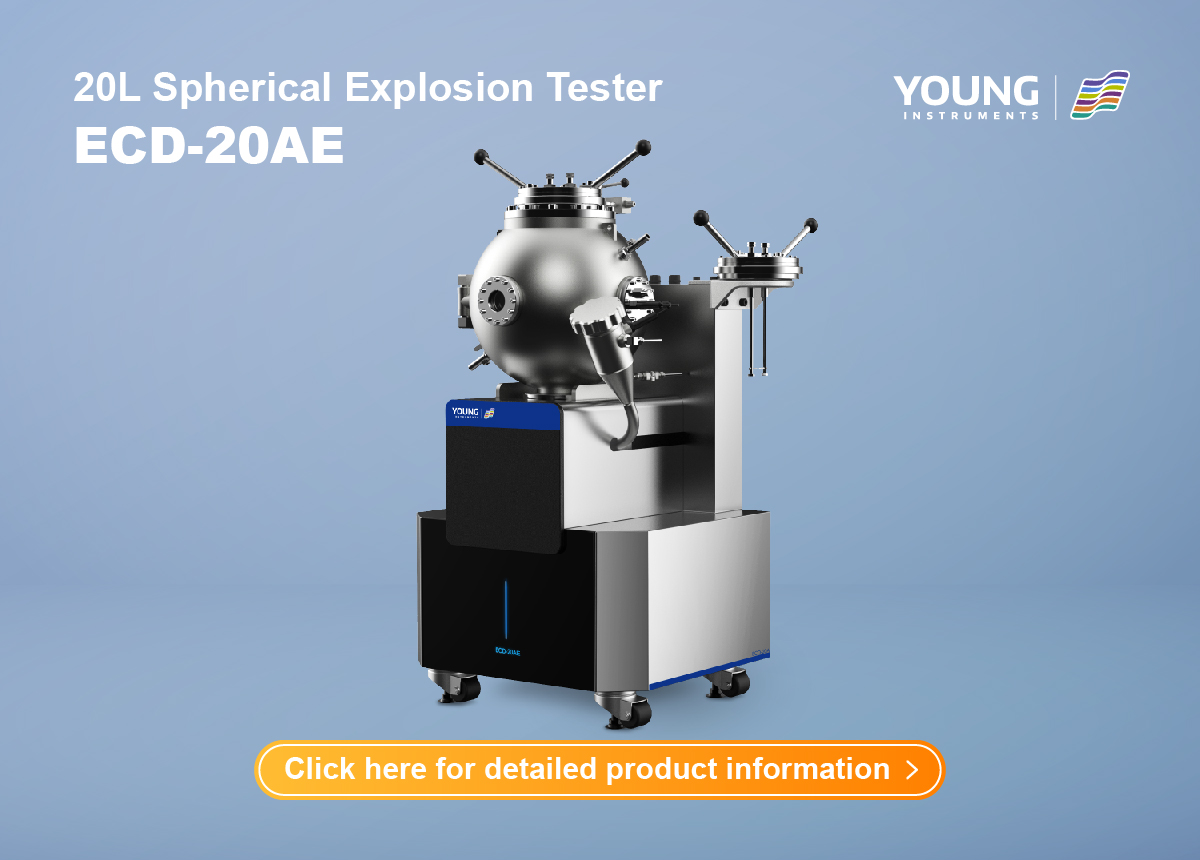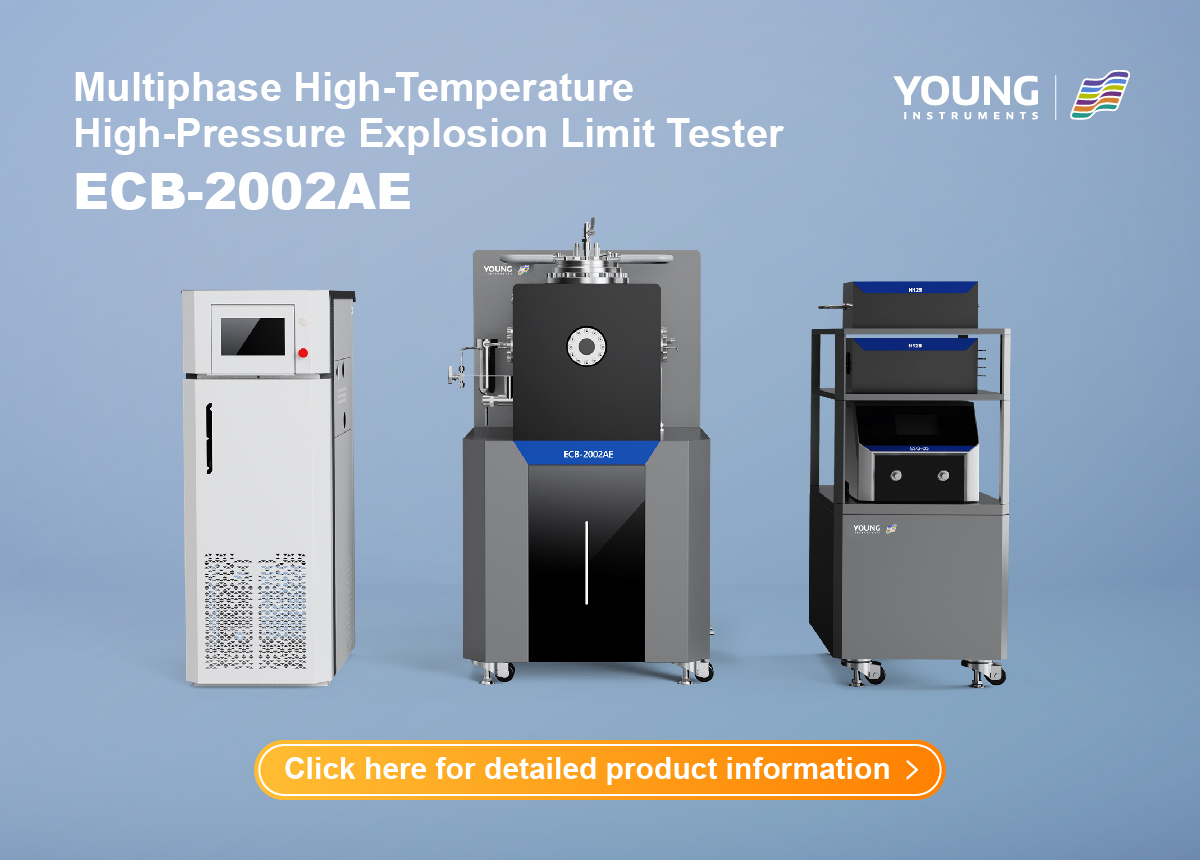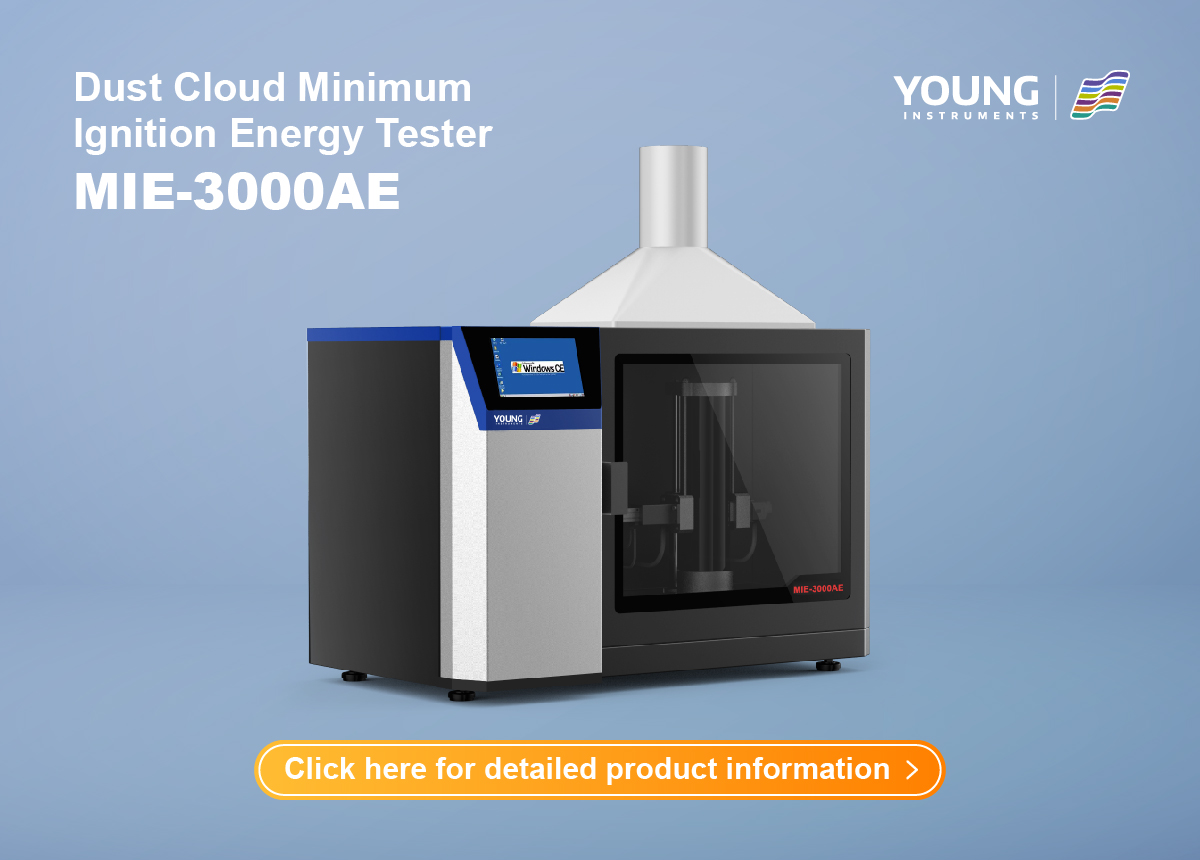Dust Explosion Test: Understanding the Risks and Safety Measures
If you work in an industry that produces or handles fine powders or dust, you may be aware of the risks associated with dust explosions. Dust Explosion Test can occur when fine particles of dust and powder become airborne and come into contact with an ignition source. The resulting explosion can be devastating, causing serious injury, death, and extensive property damage.
To prevent dust explosions, it is essential to identify the risks associated with your specific materials and processes. Dust explosion testing is a critical component of this process. By testing your materials for explosivity and ignition potential, you can take steps to mitigate the risks associated with dust explosions.
Dust explosion testing typically involves a series of tests to determine the explosivity, ignition temperature, and other properties of your materials. These tests may include determining the minimum ignition energy, minimum explosible concentration, and maximum explosion pressure of your materials. By identifying the risks associated with your materials and processes, you can take steps to prevent dust explosions and protect your employees and property.
Fundamentals of Dust Explosions
Definition and Mechanism
A dust explosion is a rapid combustion of particles that are suspended in the air. It occurs when a combustible material, such as dust, is mixed with oxygen in the air and ignited by a spark or other ignition source. The resulting explosion can be devastating, causing damage to property and injury or death to people.
The mechanism of a dust explosion is based on the principle of the fire triangle, which consists of fuel, oxygen, and an ignition source. In the case of a dust explosion, the fuel is the combustible dust, the oxygen is provided by the air, and the ignition source can be a spark, a hot surface, or any other source of heat.
Once the dust is ignited, it rapidly burns and releases heat and gases, which can cause a pressure wave that propagates through the surrounding air. This pressure wave can cause significant damage to the surrounding area, including buildings, equipment, and people.
Conditions for Dust Explosions
Several conditions must be present for a dust explosion to occur. These conditions are often referred to as the “dust explosion pentagon” and include:
- Fuel: A combustible material, such as dust, must be present in sufficient quantity to support combustion.
- Oxygen: There must be enough oxygen in the air to support combustion.
- Ignition Source: There must be an ignition source, such as a spark, a hot surface, or any other source of heat, to ignite the dust.
- Dispersion: The dust must be dispersed in the air in a sufficient concentration to form an explosive mixture.
- Confinement: The explosive mixture must be confined in a space, such as a vessel or a room, to allow pressure to build up.
These conditions can be controlled through proper dust collection and ventilation, as well as through the use of explosion prevention and protection measures, such as explosion venting and suppression systems.
Dust Explosion Test Methods
When it comes to testing for the risk of dust explosions, there are a few different methods available. In this section, we’ll go over some of the most commonly used dust explosion test methods.
Go/No-Go Testing
Go/No-Go testing is a simple, pass/fail test that is used to determine whether a dust or powder is likely to explode. This test involves exposing a sample of the dust to an ignition source and observing whether or not an explosion occurs. If an explosion does occur, the dust is considered to be a “go” and further testing is required. If no explosion occurs, the dust is considered to be a “no-go” and is not likely to pose a risk of explosion.
20-Liter Sphere Test
The 20-Liter Sphere Test is a more comprehensive test that is used to determine the maximum explosion pressure and the maximum rate of pressure rise for a dust or powder. This test involves placing a sample of the dust in a 20-liter sphere and igniting it. The resulting explosion is measured and recorded, and the data is used to calculate the maximum explosion pressure and the maximum rate of pressure rise.
Hartmann Tube Test
The Hartmann Tube Test is another test that is used to determine the maximum explosion pressure and the maximum rate of pressure rise for a dust or powder. This test involves placing a sample of the dust in a tube and igniting it. The resulting explosion is measured and recorded, and the data is used to calculate the maximum explosion pressure and the maximum rate of pressure rise.
Overall, these are just a few of the many dust explosion test methods that are available. By using these tests, it is possible to determine whether a dust or powder is likely to pose a risk of explosion, and to take appropriate measures to prevent such explosions from occurring.
Preventive Measures
To prevent dust explosions, it is important to implement various preventive measures. These measures can include explosion venting, suppression systems, and isolation systems.
Explosion Venting
Explosion venting involves the installation of vents or panels on equipment to release pressure and prevent explosions. These vents are designed to open when pressure inside the equipment reaches a certain level, allowing the pressure to escape and preventing the equipment from rupturing. Explosion venting is a passive measure that is effective in preventing explosions, but it does not prevent the release of dust into the surrounding area.
Suppression Systems
Suppression systems are active measures that involve the use of sensors to detect the presence of dust and trigger the release of a suppressant material, such as water or foam. These materials can extinguish a fire or prevent an explosion from occurring by cooling the equipment or preventing the dust from igniting. Suppression systems are effective in preventing explosions, but they can be expensive to install and maintain.
Isolation Systems
Isolation systems involve the use of barriers or enclosures to prevent the spread of dust and prevent explosions from occurring. These systems can include explosion-proof equipment, such as motors and switches, as well as the use of dust collectors and airlocks to prevent the release of dust into the surrounding area. Isolation systems are effective in preventing explosions, but they can be costly to install and may require additional training for employees.
Overall, the implementation of preventive measures is crucial in preventing dust explosions. By using a combination of explosion venting, suppression systems, and isolation systems, you can reduce the risk of explosions and protect your employees and equipment from harm.
Standards and Regulations
When it comes to dust explosion testing, there are various standards and regulations that companies must follow to ensure the safety of their workers and facilities. In this section, we will discuss two important sets of guidelines: OSHA Guidelines and NFPA Standards.
OSHA Guidelines
The Occupational Safety and Health Administration (OSHA) provides guidelines for identifying and mitigating combustible dust hazards in the workplace. These guidelines cover a wide range of industries, including agriculture, chemical manufacturing, and woodworking. OSHA guidelines require employers to identify potential hazards, evaluate the risks associated with those hazards, and implement appropriate controls to mitigate those risks.
OSHA provides a number of resources to help employers comply with these guidelines, including training materials, technical assistance, and compliance assistance. OSHA also provides guidelines for conducting dust hazard analyses (DHAs) to identify and evaluate combustible dust hazards in the workplace.
NFPA Standards
The National Fire Protection Association (NFPA) provides a set of standards for preventing and mitigating dust explosions. These standards cover a wide range of industries and materials, including agricultural products, metals, and chemicals.
The most important of these standards is NFPA 652: Standard on the Fundamentals of Combustible Dust. This standard provides a framework for identifying and managing combustible dust hazards in the workplace. It requires employers to conduct DHAs, implement appropriate controls, and document their compliance with the standard.
In addition to NFPA 652, there are a number of other NFPA standards that are relevant to specific industries and materials. For example, NFPA 61 covers the prevention of fires and dust explosions in agricultural and food processing facilities, while NFPA 484 covers combustible metals.
Overall, compliance with OSHA guidelines and NFPA standards is essential for ensuring the safety of workers and facilities in industries where combustible dust hazards are present. By following these guidelines and standards, companies can mitigate the risks associated with combustible dust and prevent potentially catastrophic dust explosions.
Case Studies
Dust explosion tests are conducted to evaluate the severity of an explosion and determine the necessary precautions to prevent such incidents. These tests are essential for industries that handle combustible dust, such as food processing, chemical manufacturing, and metalworking. Here are some case studies that demonstrate the importance of dust explosion testing:
Historical Dust Explosion Incidents
Historically, dust explosions have caused significant damage and loss of life. For example, the Imperial Sugar Refinery explosion in 2008 killed 14 people and injured dozens more. The explosion was caused by combustible sugar dust that ignited and spread throughout the facility. This incident highlights the importance of regular dust explosion testing and the need for proper ventilation and housekeeping procedures.
Another historical incident is the 1878 Washburn “A” Mill explosion in Minneapolis, which killed 18 workers and destroyed the entire mill. The explosion was caused by a buildup of flour dust that ignited and caused a chain reaction throughout the building. This incident led to the development of dust explosion prevention measures, such as the use of explosion vents and the removal of ignition sources.
Lessons Learned
These historical incidents and others have taught us valuable lessons about the dangers of combustible dust and the importance of dust explosion testing. Here are some key takeaways:
- Regular testing and maintenance of equipment that handles combustible dust is crucial to preventing dust explosions.
- Proper ventilation and housekeeping procedures can reduce the risk of dust accumulation and subsequent explosions.
- Explosion prevention measures, such as explosion vents and flameless venting, can reduce the damage caused by dust explosions.
- Education and training of employees on the dangers of combustible dust and the proper handling and storage of materials can prevent incidents from occurring.
By learning from these historical incidents and implementing proper safety measures, we can prevent future dust explosions and ensure the safety of workers and facilities.









































